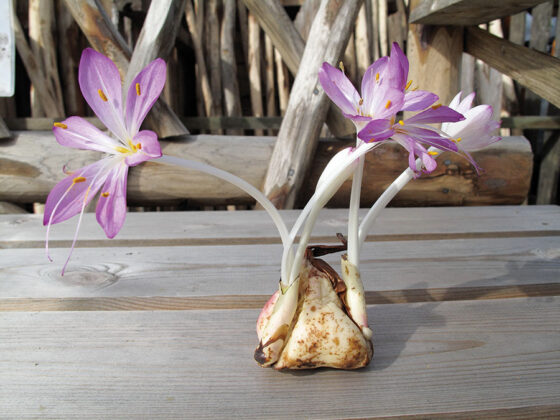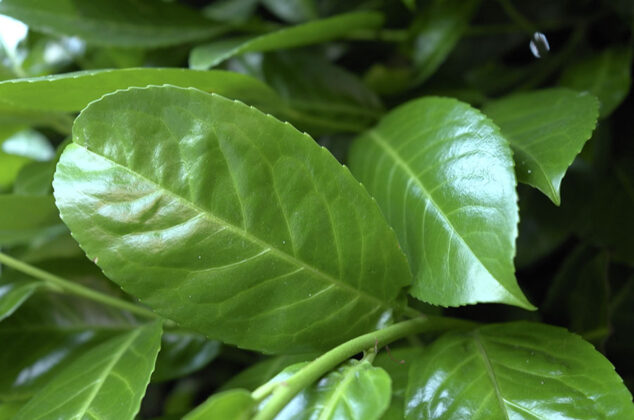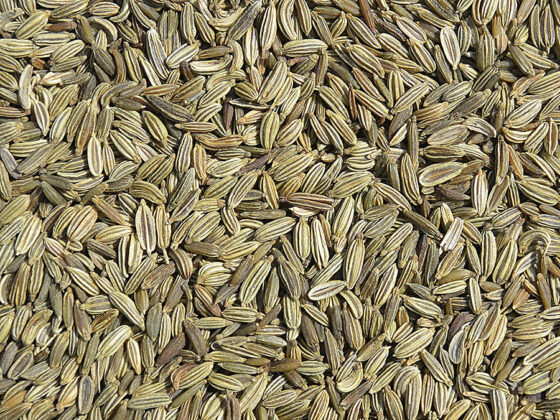Sometimes old texts offer a window into the past that is also a path toward the future. Other times they include ingredients that are best left behind. Old texts can be used as inspiration by distillers so long as they are matched with a critical approach that evaluates both the storyteller and the stories told.
“It is in taste sweet, with a little bitternesse [sic] following, which draweth water out of the mouth,” was Renaissance herbalist John Gerard’s description of the taste of juice coming out of a large bulb dug out of the ground. Sweetness touched with bitterness and astringency may sound appealing, as does this plant’s vernacular name: meadow saffron. At the time of writing, what Gerard did not know is that meadow saffron (Colchicum autumnale) contains a toxic alkaloid. Although approved for use in pharmaceutical preparations, colchicine — present in species of Colchicum — causes organ failure when consumed in unregulated dosages.
While the FDA perspective on new ingredients takes into account records of prior consumption, hindsight shows that many plants are toxic. Meadow saffron, despite being poisonous, appears in records of plant use and in ethnobotanical literature where species of Colchicum are reported as being sold along with other bulbs and tubers as edible. Gerard had qualified as a doctor and became an enthusiastic gardener. While he had credentials to write an authoritative herbal, the advance of scientific knowledge of plants since publication of his Herball in 1597 means that his book is not authoritative for our time.
At the time of publication (and then republication in 1633 — there was some controversy in relation to plagiarism), Gerard’s Herball included previously unpublished material from physician plant enthusiasts Carolus Clusius and Matthias de l’Obel. In addition, a substantial amount of the text was translated into English from a Latin translation of Stirpium historiae pemptades sex by the Flemish physician and botanist Rembert Dodoens, originally written in Flemish. Gerard’s account was not solely firsthand knowledge, and there was additional distance between author and content due to language.
Passing among diverse languages and cultures increases the odds of misunderstanding plant names and uses. For instance, Google Translate translates Italian alloro to laurel in English. Using laurel (Prunus laurocerasus) in food products is a poisonous mistake. In Italian, alloro actually refers to bay (Laurus nobilis), a fragrant ingredient widely used in edible products that is safe to consume.
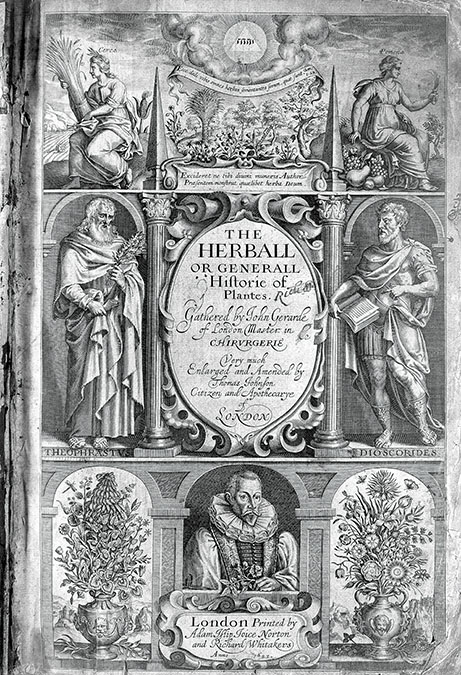
Mistranslation of bay precedes modern software. In Hannah Glasse’s cookery book, which was the best-selling recipe book for the 1700s and continues to be republished, there are recipes translated from French to English, resulting in several recipes written in English using laurel. Here it is the French word laurier that should have been translated as bay.
Changing times also mean that books written in languages that were well known are now less accessible. For example, the ‘Cruydt-boeck’ (Book of Herbs) written by Rembert Dodoens is one of several significant botanical texts on uses of plants that were written in Flemish. This language is not yet available on Google Translate.
Not only language but also font can defy translation. Historical text flourishes with elongated ‘s’ characters that resemble an ‘f’ and letters that are joined together, which are incomprehensible to standard software using optical character recognition (OCR) to navigate scanned text. Gothic font, also referred to as Blackletter or Fraktur, which contains these elements, dominated writing for many centuries. Reading software such as ABBYY FineReader developed specifically for Gothic fonts makes understanding old books significantly easier.
Cultural transitions that are not obvious also introduce confusion. Mrs. Dalgairns’ recipe for balm beer in her book The Practice of Cookery: Adapted to the Business of Every Day Life, published in 1829, seems straightforward — unless you try to find the aromatic key ingredient she refers to as “the yellow flower of lemon balm.” Usually a Scottish author referring to lemon balm would mean the common aromatic garden plant Melissa officinalis. In this recipe it’s unlikely, since lemon balm (Melissa officinalis) has white flowers that are tiny, and it would entail immense labor to collect 2.5 pounds of them as required.
Before moving to Scotland, Mrs. Dalgairns lived on Prince Edward Island for more than two decades. Could she be referring to spotted bee balm (Monarda punctata)? This plant, a distant relative of lemon balm native to North America, has larger yellow flowers and has been recorded as being used in tea. Dalgairns’ balm beer recipe requires further research to establish the identity of lemon balm with yellow flowers.
Detecting the intended meaning of old plant references can require a team of people with complementary expertise. A collaborative approach helped identify the plant referred to by the Hittites as “seeds of desolation.” Hittite records written in cuneiform document not only their city conquering but also the practice of using seeds in a cursing ritual to ensure that the conquered site remained barren. These seeds of desolation were called marashanha. Thousands of years after the Hittite Empire fell, the identity of seeds of desolation was an intriguing question. It is a seed used by many distillers from a plant that grows in deserted sites, which is referred to in ancient texts as controlling hormonal cycles, and when consumed extensively can cause harm to grazing animals. Several researchers used clues in ancient writing and knowledge of the growth habit and uses of plants to conclude that the contemporary identity of marashanha is fennel (Foeniculum vulgare).
Much of what we know now about past times is pieced together from disparate sources; we don’t have comprehensive and unbiased records. For example, clove (Syzgium aromaticum) and nutmeg and mace (Myristica fragrans) feature more in medieval European texts than in medieval Southeast Asian texts. Despite Java being closer to the islands where these spices grew, there are more records of them in distant European records than in Old Javanese manuscripts. This is likely because paper has a shorter shelf life in hot and humid climates. Additionally, in Java these spices were less remarkable and more common as ingredients used locally and part of trade shipped through ports. Old Javanese manuscripts that have survived were predominantly written by privileged men living inland, not by merchants or ordinary tradespeople, to whom these spices may have been more noteworthy. Consequently, old texts from Europe, not Java, tell us more about the use of spices that were part of Javanese life in medieval times.
In the 1700s, numerous texts refer to making drinks with salop or salup. In fact, it was so popular that there were vendors exclusively selling salop, and these salopian shops were precursors to coffee shops. Some recipes allude to its thickening ability. Used sparingly, thickening can contribute to desirable viscosity and mouthfeel. Today you can find this ingredient online, most often sold under the name salep. Made from the tubers of orchids, it would be easy to think that salep can be mass produced, like Phalaenopsis orchids sold in supermarkets as house plants. However, the orchids used to make salep — predominantly from the genera of Anacamptis, Dactylorhiza, Orchis, and Ophrys — are difficult and expensive to cultivate on a large scale.
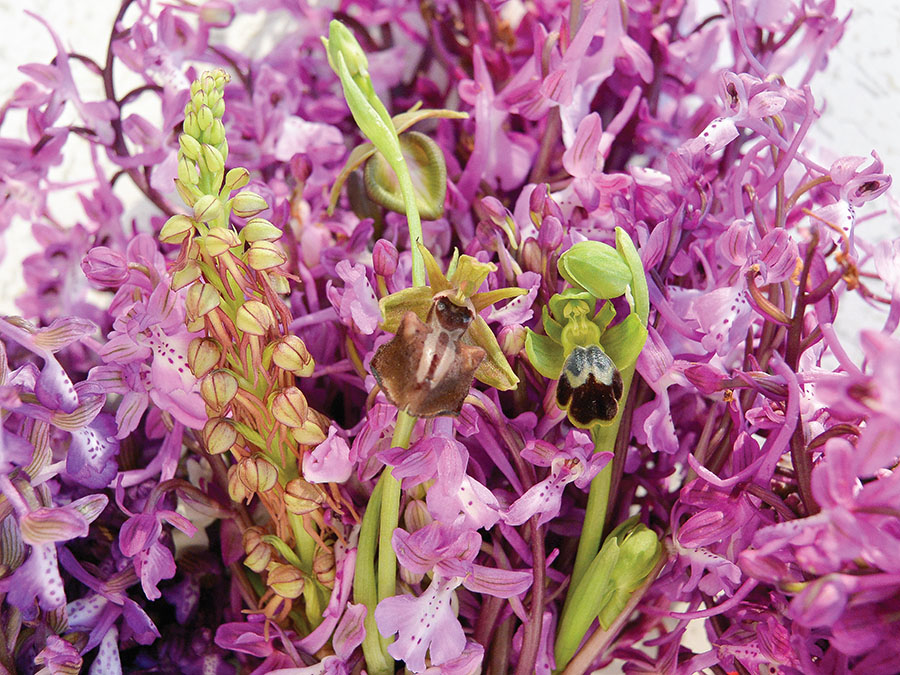
While there are experimental sites seeking to grow orchids for salep, there is no large-scale cultivation supplying trade. All salep sold is wild harvested. Because tubers are collected, which disrupts the growth of individual plants, and the orchids are under pressure from numerous threats including habitat loss, absence of apex predators allowing herbivores to multiply, and climate change, salep is considered to be an unsustainable wild harvest. Furthermore, wild orchids are often protected under local and national law, and the Convention on International Trade in Endangered Species of Wild Fauna and Flora (CITES) restricts international trade in wild collected orchids or products made with them. Despite abundant references to drinking salep in old texts, it is not an ingredient for sustainable and legal business.
It might seem that events such as the destruction of the Great Library of Alexandria belong to past times, but fire and other hazards remain a threat to libraries operating as custodians of ancient books. In 2021, a wildfire in Cape Town ravaged the Jagger Library of the University of Cape Town, destroying archival material, some of which was singular and irreplaceable. Books are both particularly vulnerable to fire and suitable for digitization as their two-dimensional surfaces can easily be scanned. This is where digital media comes to the rescue. As the copyright on ancient texts has expired and many digitization projects are funded by charitable institutes for public benefit, the number of old and ancient texts that can be accessed online is increasing.
Navigating this abundance of old texts is aided by making sure you complete three key checks: the author, the ingredient’s scientific name, and the current state of knowledge on that ingredient. Before and during reading an old text, evaluate the author’s realm of experience and compare it to what they are writing about. Think about where there might be gaps or confusion in the knowledge transmitted. If a plant appears to have potential, consult contemporary botanical sources to check what its scientific name is. The Plant List (www.theplantlist.org) combines data sets and makes it possible to search with old plant names and find their currently accepted names. Although most plant names have changed since medieval times as taxonomy developed, you can still trace a scientific name through old names. Using current scientific names enables you to check essential information on ingredients including reports on edibility and toxicity, rarity, and restrictions on trade.
As a distiller it is worth communing with ancient knowledge captured in books. Just remember to evaluate the source and scrutinize it equipped with contemporary knowledge.

